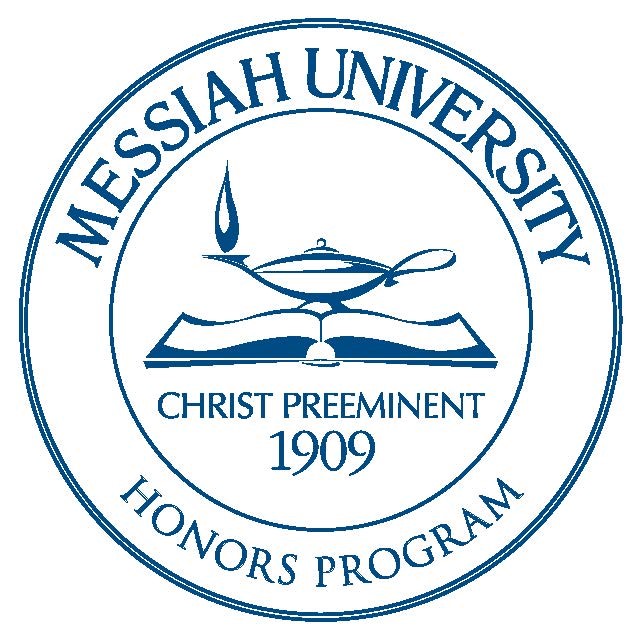Date of Award
2012
Document Type
Thesis
Department
Biological Sciences
First Advisor
Dr. Erik Lindquist
Abstract
Distinguishing between the three ambystomatid larvae that can be found in this region can be difficult. These include the marbled salamander (Ambystoma opacum), spotted salamander (Ambystoma maculatum), and Jefferson salamander (Ambystoma jeffersonianum). The goal of this research was ultimately to determine defining features in marbled salamander larvae in order to facilitate in identification of the species at this stage of development. Field surveys were conducted in the fall during breeding time in order to gauge the size of the population and the amount of males vs. females (~67:9). Eggs and larvae were collected and raised in order to document development through photographs. Additional collections were taken weekly for the same purpose. Total length size comparisons can effectively be used when collecting during the spring to distinguish between species, as marbled salamanders are much larger (4.9 cm vs. 1.7 cm). Additionally, some common features have been found between the specimens as markers for identification. These include lateral spots, head morphology, coloration, and tail patterning.
Recommended Citation
Listor, Kristin, "Reproductive Ecology of Ambystoma opacum and the Construction of a Guide for Larval Identification" (2012). Honors Projects and Presentations: Undergraduate. 117.
https://mosaic.messiah.edu/honors/117


